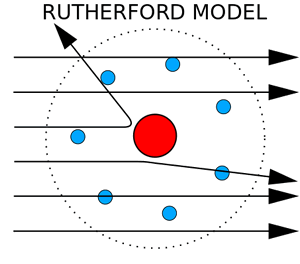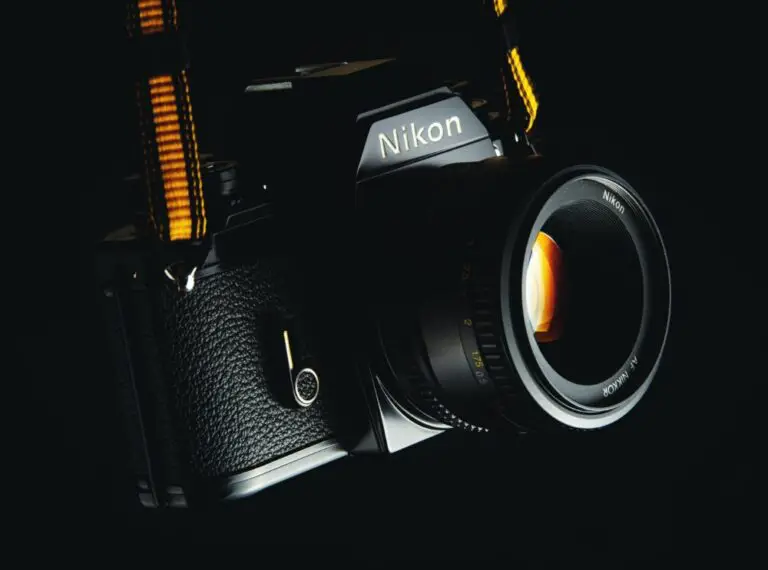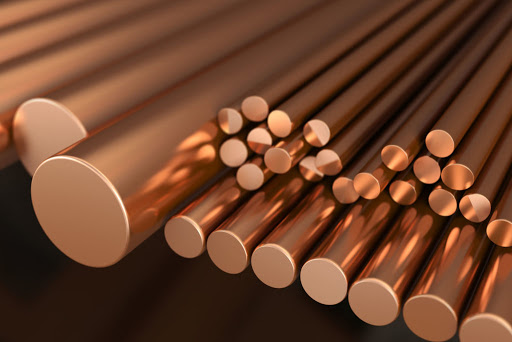Types of Steel and Cast Iron Test
Tensile Strength Test
Tensile strength is the stress required to pull apart a test piece by an axially applied load. It is performed on a machined test piece in which the middle section of the length is reduced in diameter. It is the standard test by which the cast iron is specified.
BS 1452:1961 gives the strength of grey cast iron for five standard diameters of as-cast bars from which typical tensile specimen can be machined gives the minimum tensile strength for different Cast iron grades.
The tensile strength decreases with the increase in the size of the test bar. Since the tensile strength between the test bar and castings varies with the nature of the alloy being cast and the cooling rate, the castings for important services specify separate cast bar to check on the quality.
Transverse Test:
In the transverse test, the test specimen of specified size is supported at each end on rollers of suitable diameter. A load is applied to a point in the centre of the test specimen, and the same is tested to fracture.
Deflection that occurs before the fracture is noted to have an idea of the material’s capacity to deform. The test is generally carried out on unmachined test specimen. The transverse rupture stress (TRS) is given by the formula.
TRS = (WL)/ (4Z) N/mm2 Where W= Load in Newtons (N) and L=Span in mm
Z= Modulus of section 0.0982 d3 for round bar, where d is diameter of the bar in mm.
Z=BH2/6 for rectangular bar. B is breath of section in mm and H is height of section in mm.
Transverse stress of grey cast iron as obtained by standard test bar varies between 1.6 to 2.1 times the tensile strength.
Compression Test
The compression strength of grey cast iron is approx.—3 to 4 times its tensile strength. For grade 10 and 20, iron compression strength is 540 to 620 N/mm2 and 850 to 1160 N/mm2 respectively.
The compression test is carried out on a specimen with a length diameter ratio of 2:1 Grey cast iron fractures at its maximum compression load.
The malleable iron, steel deform plastically. Hence the effective load that can be carried by grey cast iron in compression is as high as that which can be carried by steel with 3 to 4 times its tensile strength. White iron has a compression strength of 1460 to 1850 N/mm2.
Hardness Test
Hardness test method for the cast is normally either Brinell or Vickers hardness test. These two methods depend upon the measurement of an identification made by applying a fixed load to a steel ball in case of Brinell and a diamond pyramid in the Vickers hardness test. It is expressed as
Hardness = Applied Load, Kg / Contact area indent, mm2
In the Brinell test, the applied load (P) and the ball’s diameter (D) may be varied. The diameter of the impression is generally within 0.25 to 0.50 of the ball diameter.
The mean diameter being 0.375D. The applied load for grey cast iron is 300 Kg with 10mm dia. Or 750 Kg load with 5 mm ball.
In the case of the Vickers hardness test, the shape of the diamond is fixed, but the load may be varied. The Vickers indentor is a polished, sharp-pointed square pyramid of diamond with an included angle of 1360 between opposite faces.
The Vickers Hardness number (HV) is closer to Brinell number (HB) up to about 300 HB. The Brinell test is generally employed for hardness below 300-350, as the ball tends to distort appreciably above this figure. The diamond pyramid number (HV) is most suitable for hardness above 350. Other methods such as Shore-stereoscope or Rock well are generally employed for white and chilled iron.
Phosphorus produces significant variation in hardness, i.e., between 420 to 700 HV. An increase of 1% phosphorus increases the hardness of casting by about 30 points Brinell. It acts as a centre for the deposition of associated carbides of iron, vanadium, chromium and molybdenum.
These carbides have hardness in the region of 800-1000 HV for Fe3C and up to 1475 HV for iron-chromium, iron-vanadium or iron-molybdenum carbides.
Hardness tends to decrease as the graphitic carbon, silicon, and nickel increase. Silicon and nickel soften the iron by increasing the free graphite present in the structure. The lowest hardness will be obtained with low silicon or nickel content.
Shear Strength
In general, the shear strength of grey cast iron is between 1.1 to 1.6 times the tensile strength. The ratio increases as the tensile strength of iron decreases.




